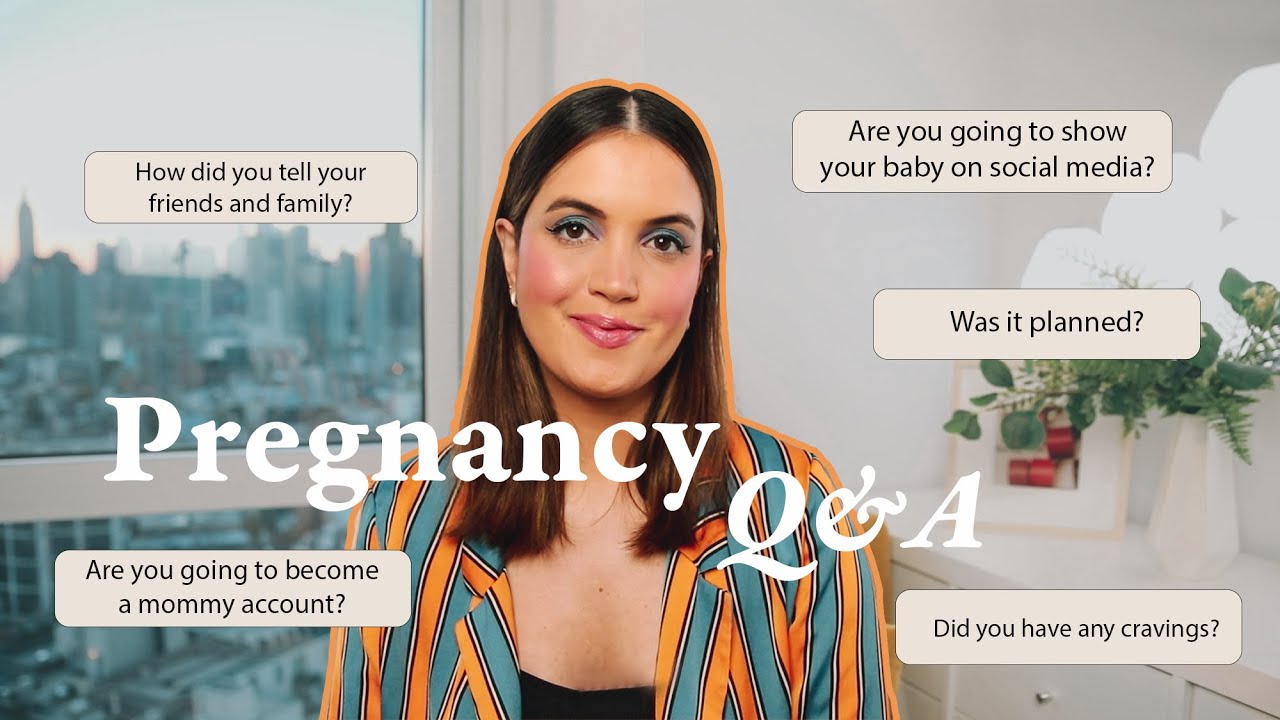Hey friends, welcome back to the blog 💛
If you’ve ever felt like your life is a series of good intentions that never quite stick—welcome to the club. I’ve been there so many times. Whether it’s trying to wake up earlier, read more books, move my body regularly, or simply drink more water, creating new habits can feel like climbing a mountain… barefoot… in the rain.
But here’s the good news: it doesn’t have to be that hard.
In this week’s YouTube video (which I’m embedding just below if you want to watch before or after reading), I’m breaking down the science and strategy of habit-building, inspired by one of my favorite books ever: Atomic Habits by James Clear.
📺 Watch the full video here:
P.S. If you’re a fellow productivity nerd or just curious about how to finally make real, lasting changes in your life, this one’s for you.
Why Habits Matter More Than Goals
Let me start by saying this: Goals are great. But habits? They’re life-changing.
We often dream big—become a morning person, read 100 books, start a business, run a marathon. And that’s beautiful. But what actually gets you there isn’t the big goal… it’s the tiny, consistent things you do every single day.
James Clear puts it perfectly in the book: “You do not rise to the level of your goals. You fall to the level of your systems.” And what are systems made of? Habits.
That’s the magic right there. The way we show up daily, even in small, imperfect ways, is what builds our identity over time.
The Four Laws of Habit Formation
Clear breaks down every habit into a four-step loop:
Cue → Craving → Response → Reward
To build a habit that sticks, you need to:
- Make it obvious
- Make it attractive
- Make it easy
- Make it satisfying
To break a bad habit, you invert them:
- Make it invisible
- Make it unattractive
- Make it difficult
- Make it unsatisfying
Let’s walk through what these actually mean in real life.
1. Make it Obvious 🧠
If a habit isn’t clearly cued by something in your environment, you’re probably going to forget to do it.
That’s why things like habit stacking (linking a new habit to something you already do) are so powerful. For example:
- Want to take vitamins every day? Put them next to your coffee mug.
- Want to journal in the morning? Leave your journal and pen on your pillow so you see it when you wake up.
To break a habit, do the opposite—make it invisible. Hide your phone in another room. Don’t buy the snacks you can’t resist. Design your space in a way that supports who you want to become.
Your environment is either nudging you forward or pulling you back. Design it to help you thrive.
2. Make it Attractive ✨
We’re wired to crave pleasure and avoid pain. That’s why the more appealing a habit feels, the more likely we are to repeat it.
Here’s a little hack: bundle your habits. Pair something you need to do with something you want to do. Like:
- Listen to your favorite podcast while doing dishes.
- Only allow yourself to watch Netflix if you’re on the treadmill (even walking slowly counts!).
- Treat your post-workout smoothie as your “reward” after showing up at the gym.
Another game-changer? Community.
Surround yourself with people who are already living the habits you want to build. The desire to belong is a powerful motivator. When you’re around people who read every night, meditate, or live plant-based—you naturally start leaning in that direction too.
3. Make it Easy 🧩
This one is everything. So often, we don’t fail because we’re lazy—we fail because we make things way too hard for ourselves.
Instead of thinking, “I have to do a 60-minute workout,” think, “I’m just going to roll out my mat and stretch for 2 minutes.”
This is the Two-Minute Rule from the book: when starting a new habit, it should take less than two minutes. Sounds silly, but it’s actually genius.
Why? Because starting is often the hardest part. And once you start, you usually keep going. Even if you don’t, you’ve still honored your intention. That’s progress.
To break a bad habit, flip it. Add friction. Log out. Set app limits. Ask your partner to hide your remote (yes, I’ve done that).
Make the wrong choice harder and the right choice easier. It’s all about lowering the activation energy.
4. Make it Satisfying 💥
This is where most good habits fall apart.
Scrolling TikTok? Instant reward.
Working on your side hustle? Delayed reward.
But the brain loves immediate gratification. So if you want to stay consistent with the good stuff, you need to build in small wins.
This is why I love habit trackers. Seeing those checkmarks, streaks, or even a gold star on your planner—it triggers dopamine. You feel good. You feel accomplished. And that keeps the habit going.
Here’s what I do:
- I keep a monthly habit tracker in Notion.
- I use a physical planner where I give myself a little check every time I meditate, write, or do my skincare routine.
- And yes, sometimes I still write it down after doing it, just so I can check it off. It works 😂
Becoming the Person You Want to Be
More than anything, habits are about identity.
It’s not just about running—it’s about becoming a runner.
It’s not just about writing—it’s about becoming a writer.
It’s not just about meditating—it’s about becoming someone who prioritizes their peace.
You’re not chasing results—you’re shaping who you are.
Final Thoughts
Whether you’re reading this with a green smoothie in hand or from the comfort of your bed at 2 AM while doom-scrolling (no judgment), just remember: you don’t need to do everything at once.
Pick one habit.
Start small.
Make it obvious, attractive, easy, and satisfying.
And watch your life change.
If you haven’t watched the video yet, scroll back up and give it a go! And if you want a deeper dive, I linked my notes from Atomic Habits in the YouTube description for you to explore.
Let’s keep growing together 🤍
Until next time,
Flor.







